COP28: Race is on to reel back hunger amid climate change
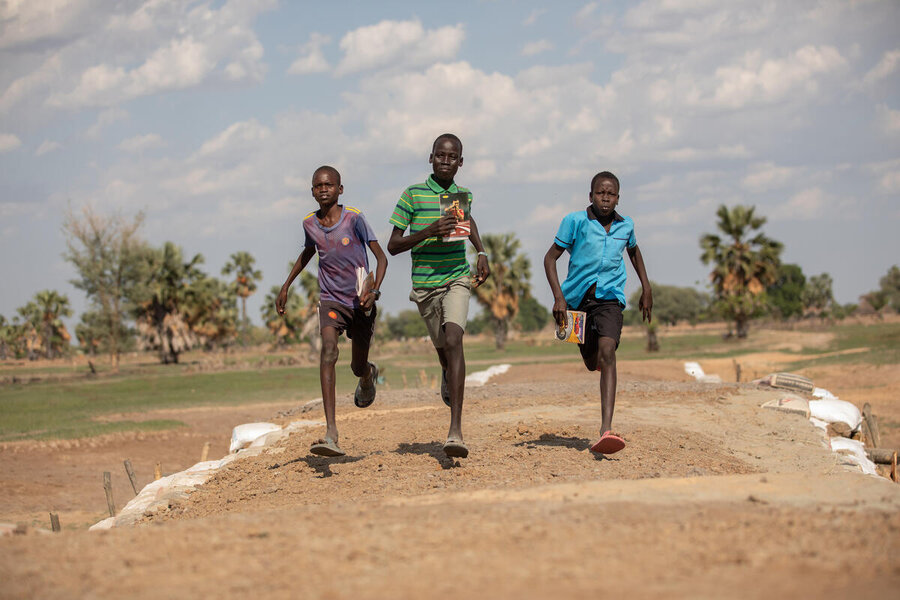
For tens of millions of people around the world, putting food on the table is only part of the challenge as they begin the long process of picking up the pieces in the wake of a climate disaster.
Over February and March this year, Cyclone Freddy became the longest-lasting tropical cyclone on record, killing nearly 1,500 people and destroying crops, roads and bridges as it wreaked havoc across Malawi, Mozambique and Madagascar.
COP28: 4 ways the world can curb loss and damage as climate change fuels hunger
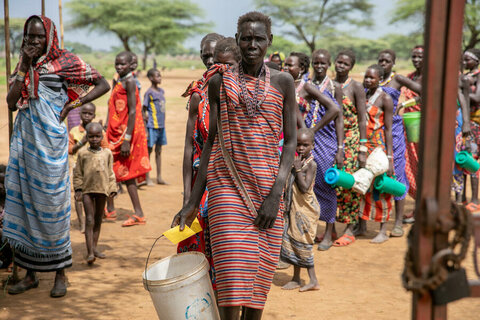
In June, deadly floods hit parts of Haiti, a country already reeling from crushing drought since January.
In September, the World Food Programme (WFP) was quick to respond when Hurricane Daniel caused dams to burst, wrecking lives and livelihoods around the Libyan port city of Derna.
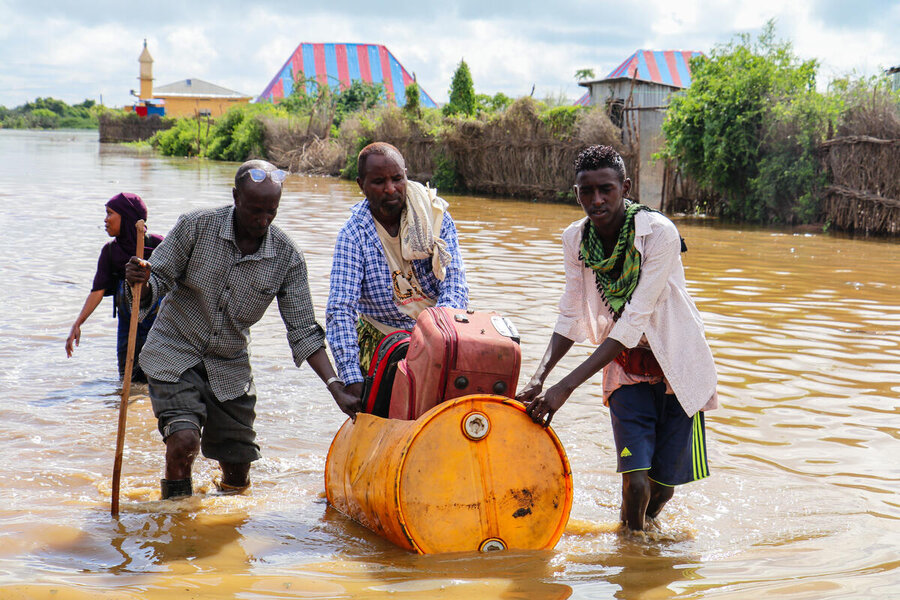
And now it’s all eyes on Dubai as the world looks to COP28, the UN’s annual Climate Change Summit (30 Nov to 12 Dec), for those promises we hope will turn swiftly into actions to protect people on the frontlines of climate change – especially where it intersects with conflict.
Gaza is a tragic example.
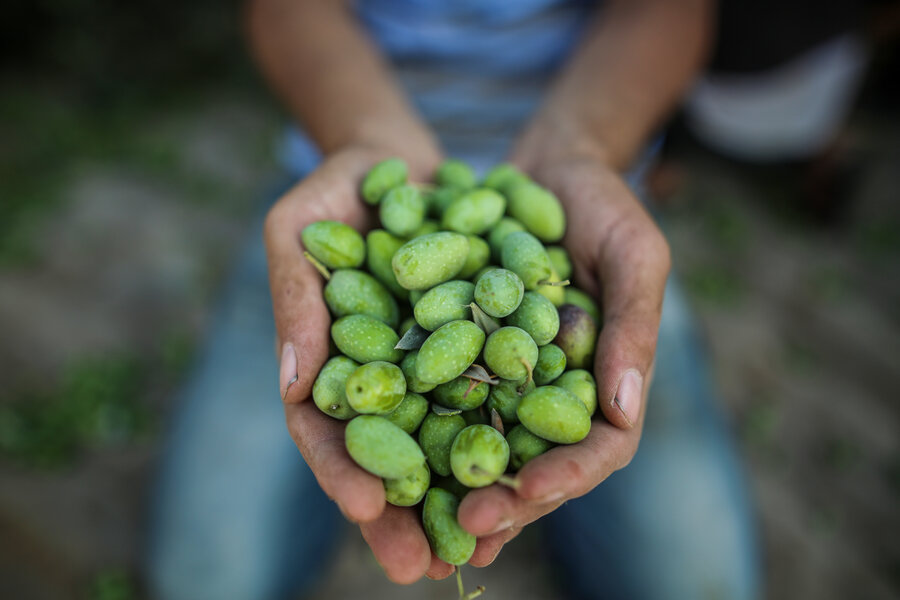
In January, Time magazine noted: “Whereas worldwide temperatures have increased by an average of 1.1°C since pre-industrial times, in Israel and the surrounding areas, average temperatures have risen by 1.5°C (2.7°F) between 1950 and 2017, according to the Israeli Meteorological Service, with a forecasted increase of 4°C (7.2°F) by the end of the century. The projected sea-level rise there will mean “a loss of precious real estate as well as saltwater intrusion into an already overtaxed aquifer” – and disaster for food production over the long term.
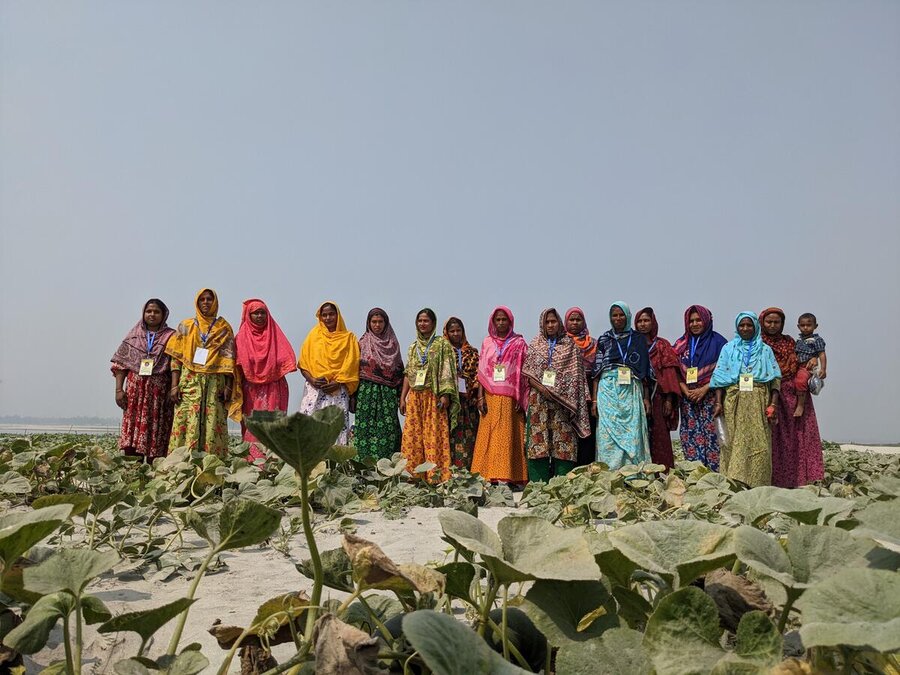
Last year, WFP worked with over 15 million people across 42 countries so that they might better be able to withstand droughts, floods, storms and other climate shocks. But with nearly 57 million people pushed into hunger by climate impacts last year alone, many more people in fact need protection. At COP28, we need world leaders to strengthen support to those facing the worst climate disasters around the world...
1. Climate action in crises
The international community must direct more funding to strengthen local systems and capacities for people living in conflict or fragile settings – places already affected by economic instability, social tensions or other vulnerabilities. They are three times more affected by climate extremes than those in other countries, yet receive the least support.
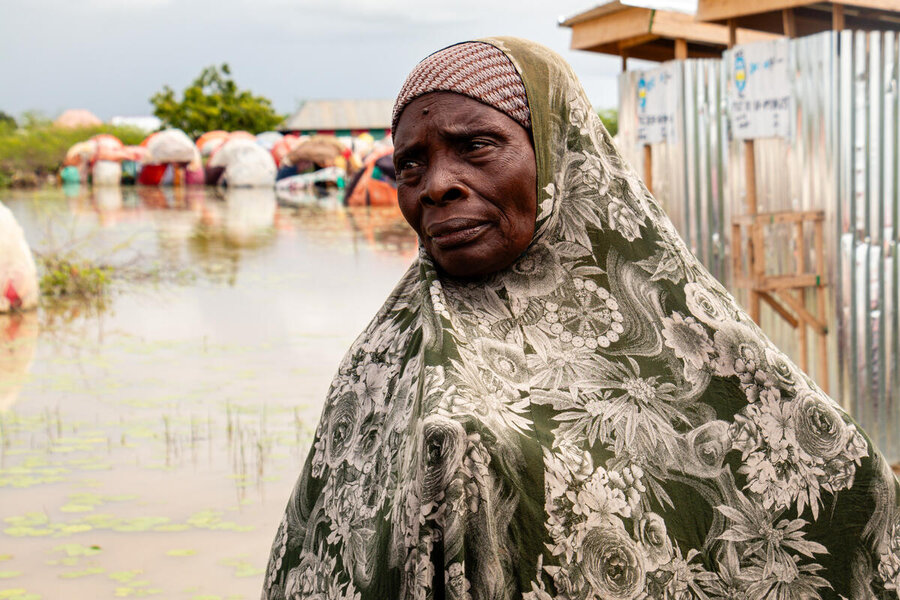
In fact, extremely fragile states such as Somalia receive up to 80 times less climate finance than non-fragile states.
If climate protection in crisis environments were scaled up, not only would it shield communities from climate impacts and save lives, but it would also help to promote peace and stability and limit escalating humanitarian needs. WFP has witnessed the paybacks first-hand in 24 fragile states, where we work with communities to shore up resilience to climate shocks.
In Somalia, ahead of forecasted floods this month, WFP delivered early-warning messages and anticipatory cash to nearly 230,000 people before the waters arrived. This, as well as WFP-organized boats that delivered essential food and evacuated people, meant that communities were able to limit the damage the floods had on their lives and livelihoods.
2. Boost loss-and-damage support
The climate crisis is a crisis of injustice. Those who have contributed the least to global emissions are experiencing the worst impacts. The resulting loss and damage to lives, livelihoods, homes and food systems has a huge financial cost – US$16 million an hour, according to the UN Environment Programme.
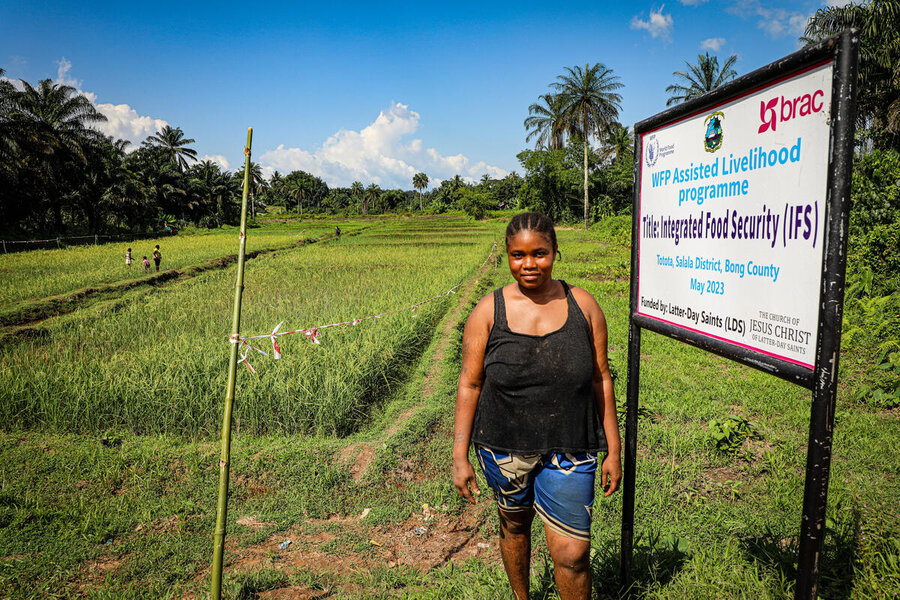
WFP works with governments and communities so they can protect themselves before loss and damage occurs. We do this through early-warning systems and what is called ‘anticipatory’ cash assistance. WFP programmes also seek to use nature as physical protection, by restoring degraded land or planting trees. In the wake of climate shocks, WFP is often the first on the ground, providing emergency food and cash assistance.
We need to see such solutions strengthened and scaled up to avert, minimize and address loss and damage for the most vulnerable communities.
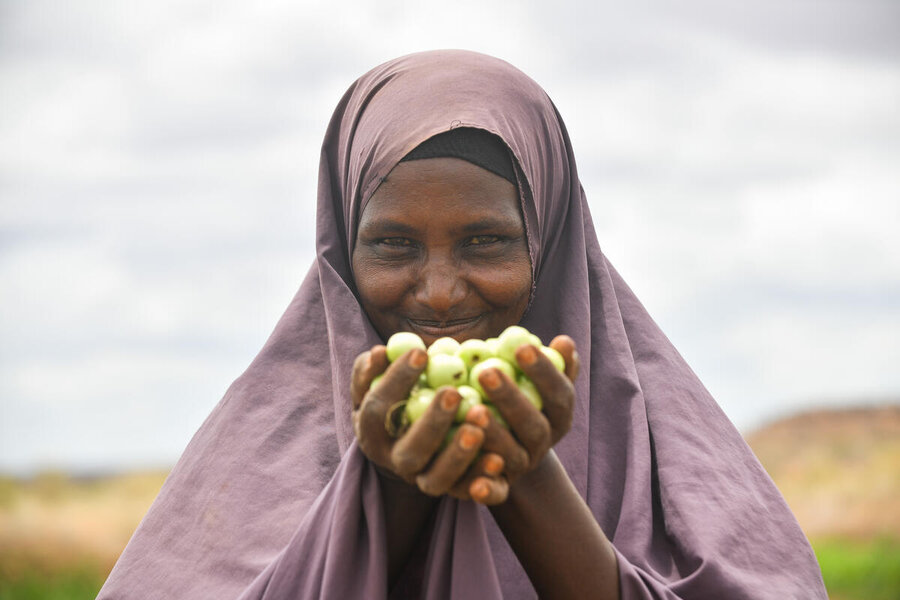
3. Transform the systems that bring food to our tables
Global food systems – the networks of growers, transport and markets that get food from ‘farm to fork’ – are threatened by climate change. They also happen to account for one-third of global greenhouse gas emissions.
Transforming food systems involves restoring soils, so farmers can grow plentiful nutritious food, and promoting local production and consumption of climate-smart foods and drought-resistant crops. We must also link food systems to existing support systems, meaning that local food production is uninterrupted for local people.
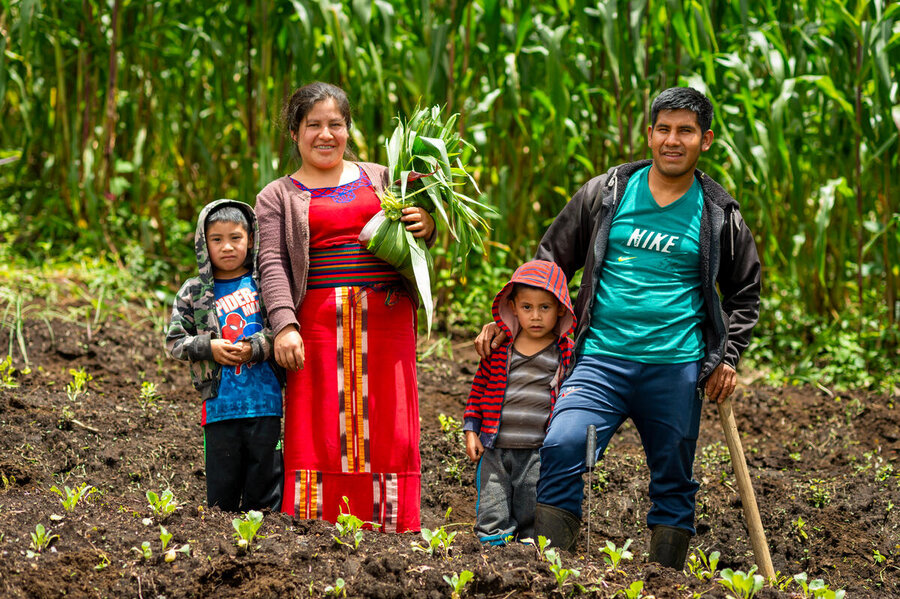
In Niger, in Africa’s Sahel region, WFP works with communities to restore land and soils. Farmers are able to grow enough food to feed their families and sell in local markets, having had the resilience to withstand shocks. In fact, 80 percent of the villages that participated in such activities did not require humanitarian assistance following the 2022 global food crisis.
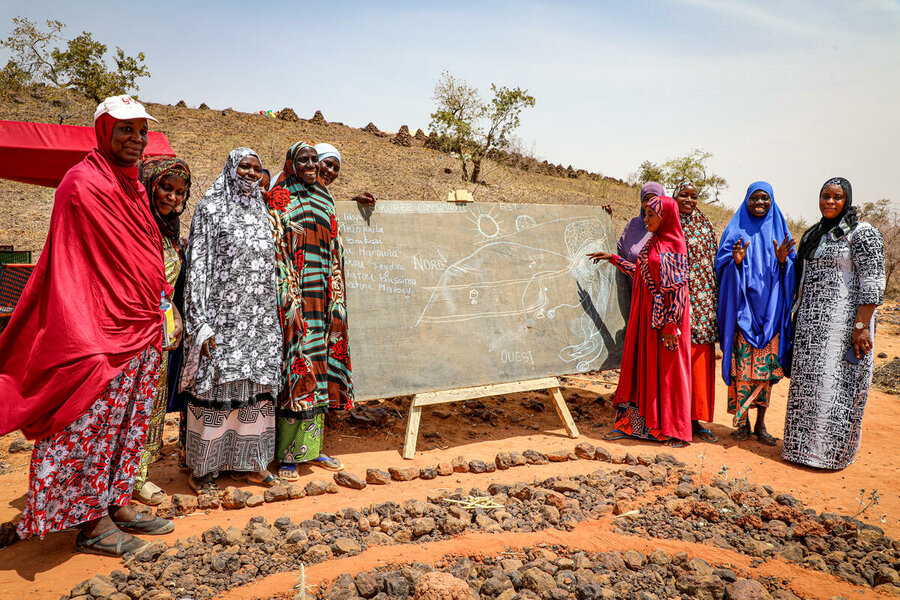
Transforming food systems also means thinking holistically. Through school meals programmes, for example, we can empower the next generation’s climate awareness, while improving the livelihoods of smallholder farmers by promoting locally grown school meals. Introducing clean cooking methods in schools helps to cut emissions and improve the health of the staff and students.
By making food systems more sustainable and resilient to climate shocks, and reducing the impact they have on our planet, we can tackle not only global hunger but also the climate crisis.
